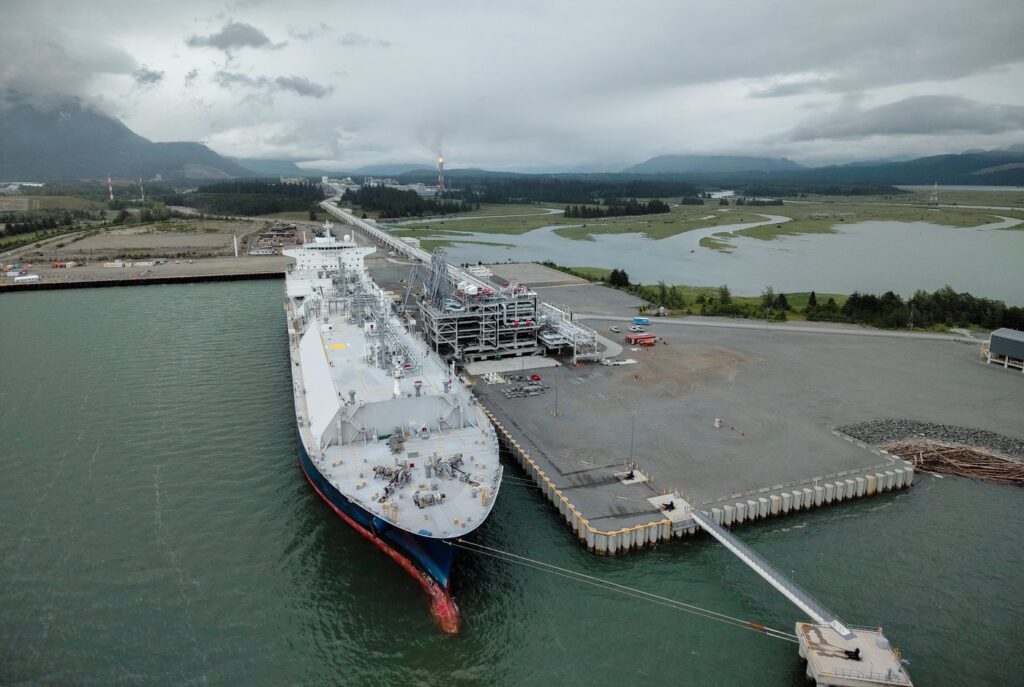
Introduction
Liquefied Natural Gas (LNG) is increasingly recognized as a vital component in the global transition to cleaner energy sources. In Canada, LNG projects are not only seen as a way to reduce greenhouse gas emissions but also as a pathway to economic development and energy security. As the demand for cleaner energy grows internationally, Canada’s role as a leading LNG exporter has become more prominent, making this an essential topic for both environmental and economic discussions.
Current Developments in LNG Canada
The LNG Canada project, located in Kitimat, British Columbia, is one of the most significant natural gas export initiatives in North America. This joint venture between Shell, Petronas, Sinopec, and TotalEnergies aims to export LNG to Asian markets, providing a cleaner alternative to more carbon-intensive fuels. Recently, the project has completed critical phases of construction, and it is poised to begin operations in the coming months, with production expected to reach 14 million tonnes annually.
Economic Impact
The economic implications of LNG Canada are considerable. The project is expected to generate approximately $22 billion in investment, creating thousands of jobs during construction and operation phases. Furthermore, it is projected to contribute significantly to local and provincial economies, supporting small businesses and fostering long-term growth in the region. In addition, the export of LNG could help Canada meet its climate goals by providing an alternative to coal in countries reliant on fossil fuels.
Environmental Considerations
While LNG is often touted as a cleaner alternative to other fossil fuels, environmental concerns remain. Opponents of the project argue that natural gas extraction and transport can lead to methane emissions, which are potent greenhouse gases. In response, the LNG Canada project has implemented several measures to mitigate its environmental impact, including state-of-the-art technology for emissions reduction and adherence to stringent regulatory frameworks. Moreover, the development has sparked discussions on how to balance economic benefits with environmental responsibilities.
Conclusion
The LNG Canada project represents a pivotal moment in Canada’s energy landscape, with far-reaching implications for both the economy and the environment. As the global demand for cleaner energy continues to rise, LNG Canada positions the country as a key player in the energy transition. The project’s success could set a benchmark for future developments in the region, highlighting the importance of sustainable practices in energy production. Stakeholders will need to navigate the complexities of balancing economic growth with environmental stewardship to ensure that the benefits of LNG are realized without significant ecological costs.

